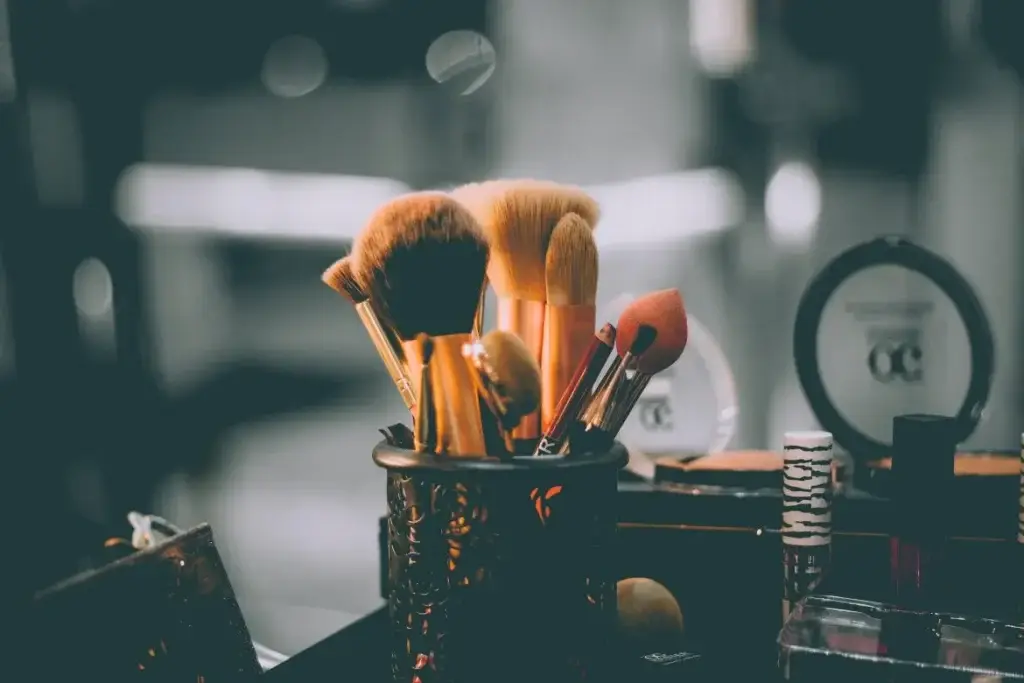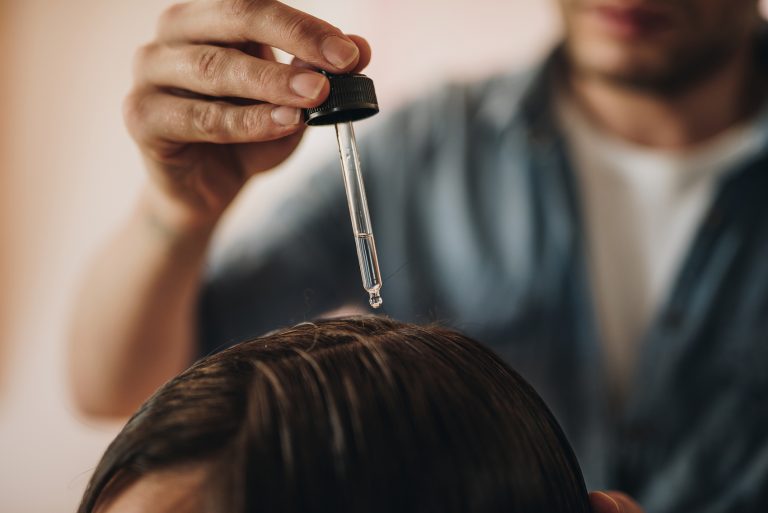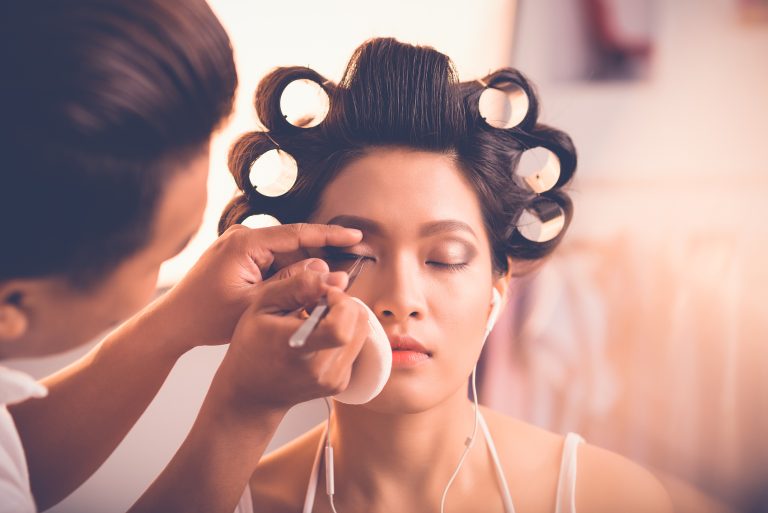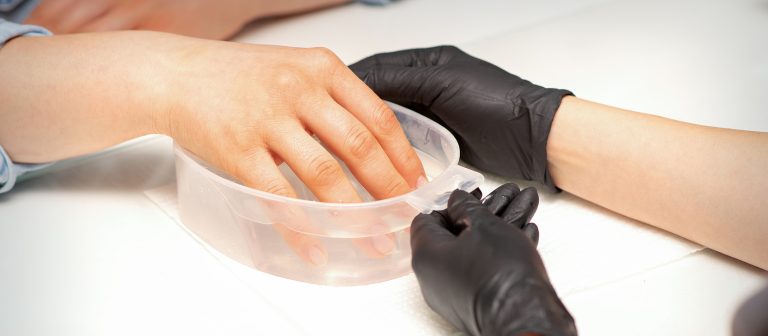Have you ever tried a shade of lipstick or foundation that instantly makes your skin, eyes, and face look radiant? And then tried another shade that’s almost identical but somehow makes you look tired and washed out? This happens more often than you might think. The first color likely matched both your skin’s surface tone and undertone perfectly, while the second one might have been a mismatch with your undertone. So, how do you figure out if you have a cool or warm skin tone?
If you’re not a makeup artist trained to spot undertones, you might find it tricky to differentiate between your surface tone and undertone.
Understanding Surface Tone vs. Undertone
Surface tone is the visible color of your skin, influenced by the amount of melanin in your epidermis. Melanin is a natural pigment that gives skin its color, and it increases with sun exposure as a protective response. While your genetics primarily determine your skin tone, factors like sun exposure can cause variations.
Undertone is the subtle hue beneath your skin’s surface that influences how colors look on you. You and someone else might have the same skin color, but if your undertones are different, the same makeup shade can look great on one person and not on the other. That’s why it’s crucial to choose products that blend seamlessly with both your surface tone and undertone.
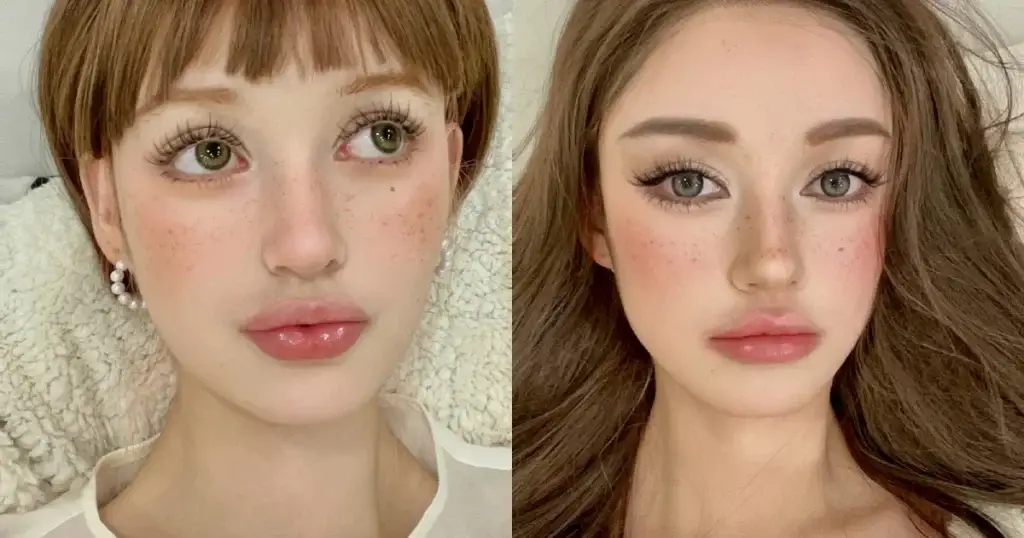
Types of Skin Tones and Undertones
Skin tones generally fall into three categories:
- Ivory or Light: People with light skin usually come from regions with lower sun exposure, like Northern Europe. Their skin burns easily, so using high SPF sunscreen is essential.
- Medium: Often referred to as olive, this skin tone is common in people from Northern Asia and Southern Europe. It’s typically easier to find foundation for this skin tone.
- Dark or Tan: Darker skin tones are common in regions with high sun exposure, like India, Africa, and the Middle East. People with this skin tone need to be mindful of hyperpigmentation and should choose makeup and skincare products accordingly.
Undertones can be classified into three main types:
- Cool: Pink, red, or bluish undertones.
- Warm: Yellow, peachy, or golden undertones.
- Neutral: A balanced mix of cool and warm undertones.
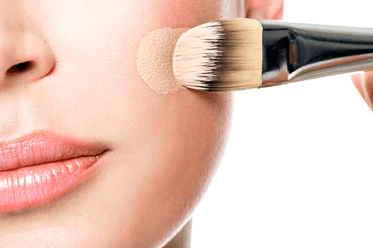
How to Identify Your Undertone
Here are some simple tests to help you determine your undertone:
- Check Your Wrist Veins: Look at the veins on the inside of your wrist. If they appear blue or purple, you likely have a cool undertone. If they look greenish, your undertone is warm. If you can’t decide, you might have a neutral undertone.
- Jewelry Test: Think about whether you look better in silver or gold jewelry. Cool undertones typically look better in silver, rose gold, or platinum, while warm undertones shine in gold. If both look good on you, you likely have a neutral undertone.
- White Clothing Test: Wear a white shirt and stand in natural light. If bright white makes you look tired or washed out, you might have a warm undertone. If it flatters you, your undertone is likely cool. If you look good in both white and beige, you probably have a neutral undertone.
- Eye and Hair Color: Generally, people with cool undertones have blue, gray, or green eyes and hair with blue, silver, or ash undertones. Warm undertones usually have brown, amber, or hazel eyes, and hair with gold, red, or yellow undertones.
- Color Preferences: If you gravitate towards yellow-orange, yellow-green, or warm reds, you probably have a warm undertone. If you prefer blue, purple, or jewel tones, you’re likely cool-toned. Neutral undertones can pull off a wide range of colors.
- Sun Exposure: If your skin tans easily, you likely have a warm undertone. If you burn quickly, especially without tanning, your undertone is probably cool.
- Olive Skin Wildcard: If your skin has a slight gray or ashen appearance, you might have an olive undertone—a mix of neutral, warm, and ashy green tones.
Shopping for Makeup Based on Your Undertone
Once you know your undertone, choosing makeup becomes much easier. For example, if you have a warm undertone, opt for warmer shades of foundation and lipstick. Cool undertones should go for cooler shades. If you have a neutral undertone, you have the flexibility to experiment with a wide range of colors.
General Makeup Tips:
- Warm Undertones: Choose neutral, brown, and beige shades for your makeup. Dark red lipsticks and coral blushes work well.
- Cool Undertones: Go for gray or blue eyeshadows and purple, pink, or red lipsticks. Pink or rosy blushes will complement your complexion.
- Neutral Undertones: You’re in luck—you can pull off nearly any shade, so feel free to experiment.
Finding the Right Foundation
- Cool Undertones: Avoid foundations that look too orange; choose cool-toned shades.
- Warm Undertones: Steer clear of foundations that are too red, pink, or ruddy; golden and yellow undertones are your best bet.
- Neutral Undertones: Avoid shades that appear too white, pink, or ashy. Golden tones usually work well.

Choosing a Classic Red Lipstick
The perfect red lipstick can elevate your look, but the key is to match it with your undertone:
- Cool Undertones: Choose blue-based reds.
- Warm Undertones: Opt for orangey reds.
- Neutral Undertones: You can rock almost any red.
Final Thoughts
Understanding your skin’s undertone is like unlocking a secret to looking your best. With the right knowledge, you can choose makeup, clothing, and even jewelry that enhances your natural beauty. Whether you’re warm, cool, neutral, or olive-toned, finding the colors that complement your undertone will make you glow with confidence. Happy beautifying!

